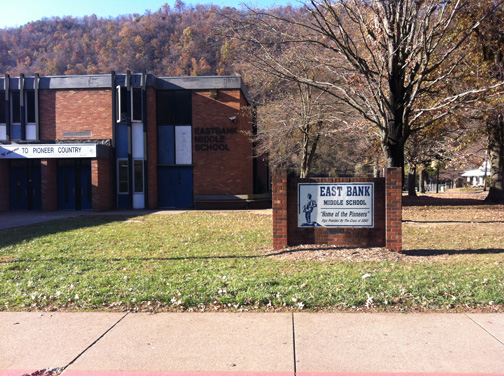Broadband Expanding Possibilities for Students in West Virginia and the Nation
For those of us who grew up in the 1960s and 1970s, dissecting a frog in middle school biology was a messy and smelly experience. Technology has made that a much cleaner experience in today's middle school biology classes – while also saving thousands of innocent frogs.
During a recent visit to Southside K-8 School in McDowell County, W.Va., I witnessed how technology allows students to dissect not just frogs online, but starfish and other amphibians as well. As a web-based program, this requires real bandwidth. Such activities would not have been possible last year when Southside was using two slower 3 Mbps-speed Internet connections for the whole school, which allowed for only a few students to work online at the same time.
With the help of a $126 million NTIA broadband grant, the school now has access to a fiber-based 100 Mbps connection that allows any Southside student to get online. NTIA’s grant has produced real results in this classroom in McDowell County and throughout West Virginia. It has helped bring a fiber broadband connection to all 750 public elementary and high schools in the state -- an important and proud milestone for West Virginia.
While some West Virginia schools had access to broadband prior to NTIA’s investment, the broadband grant helped upgrade connections and bring high-speed Internet to 195 schools that lacked access. Gale Given, West Virginia’s chief technology officer, says only a handful of states have managed to bring fiber broadband connections to every public school. “This could not have happened without BTOP,” she notes of her own state’s effort.
Overall, NTIA’s West Virginia broadband grant has helped fund the build out in the state of 675 network miles and connected more than 1,100 community anchor institutions, which includes not only schools but also healthcare centers and public safety organizations.
Improved access to broadband has helped expand access to core classes not available in some West Virginia schools, as well as new and more diverse courses including Advanced Placement and language classes, says John Miller, director of instructional technology for the state’s Department of Education. “It’s a game changer,” he says of broadband’s impact on West Virginia’s schools.
In Grant County, students who couldn’t get online courses they needed to graduate were able to finally fulfill those requirements once improved broadband was installed in the county schools, allowing them to take the classes they needed during the summer. And at East Bank Middle School in Kanawha County, students and teachers could not use the school’s network at the same time because it lacked the necessary bandwidth until the NTIA-funded grant helped upgrade the schools’ network.

West Virginia’s broadband project is a good example of NTIA’s efforts to expand access to broadband in schools throughout the country. NTIA’s broadband grant program has provided a head start on meeting the Obama Administration’s goal of bringing next-generation broadband to 99 percent of American students within the next five years.
